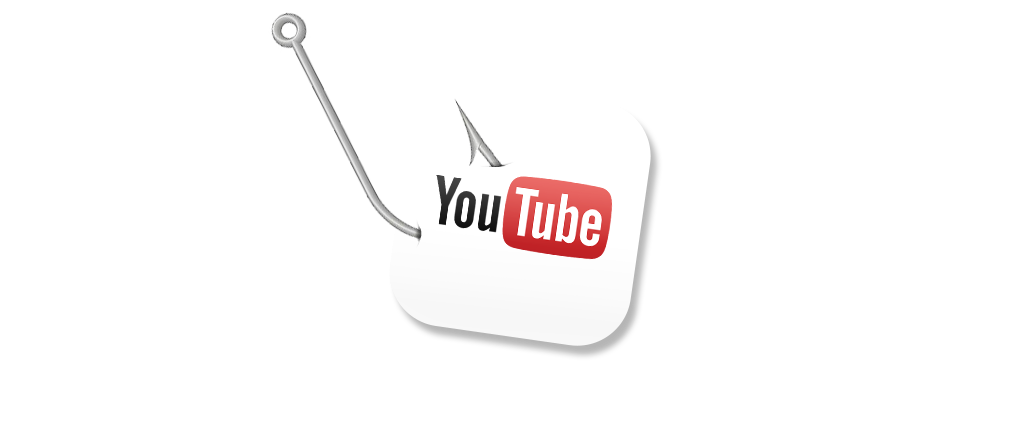YouTube is an incredible source of information with millions of how-to videos and step-by-step guides that even the most novice internet user can take advantage of. But, what happens when the content crosses a line?
YouTube features thousands of videos promoting illegal phishing activities and despite reporting them, they are still up on the website. Despite several attempts on our behalf to draw them to YouTube’s attention, no action has been taken to remove them from the site and they don’t reply to the complaints made.
There is a “Report” process, with the most relevant category being “Spam or misleading > Scams/fraud”. However, these reports go unacknowledged.
If a user reports a video using the category “Infringes my rights > Other legal claim”, the issues become more complex and legal proceedings are the only way forward. This comes at an expense to the reporting party, despite the issue not actually infringing upon their individual rights.
A search for “phishing tutorial” returns over 202,000 results, enough for phishers to choose from. Some of the videos have over 100,000 views. The irony of the phishing how-to’s on YouTube is that the scammers are often the ones who end up being scammed. Proofpoint did some research on the videos shared on YouTube with phishing information. Their investigation showed that when a user takes advantage of the phishing software, that a backdoor sends the information back to the original author. They embed their own details in the code, so everything gets forwarded on to them. Proofpoint’s conclusion to their investigation showed,
“Many of the video samples we found on YouTube have been posted for months, suggesting that YouTube does not have an automated mechanism for detection and removal of these types of videos and links. They remain a free, easy-to-use method for the authors of phishing kits and templates to advertise, demonstrate, and distribute their software.”
Another concern is the amount of comments on these videos, of people who are following their instructions. Avoiding issues with these accounts puts a lot of pressure on SMTP companies to ensure that accounts are put through a rigorous review procedure.
YouTube’s review process has caused them trouble in more than just the realm of phishing. In April this year, it came under scrutiny for its failure to police its videos adequately. A number of major brands including as Tesco, the British Government, Royal Bank of Scotland and McDonald’s all removed their adverts from the site after they appeared on homophobic and racist videos. YouTube put measures in place to stop this happening on extremist videos, but are they doing enough? Their AI security software is easily fooled and inappropriate videos continue to bypass their review procedure.
If the move by these companies affects YouTube’s financial standing, it may encourage them to be more considerate of the videos that they allow on the site. In 2013, it was accused of profiting from illegal activity by Nebraska attorney general Jon Bruning, and Oklahoma AG Scott Pruitt. As well as the extremist videos mentioned previously, the site features videos from “rogue” prescription drugs sellers, promoting anything from counterfeit drugs to weight-loss products. They even featured some videos showing people how to forge driver’s licenses and passports in order to aid illegal activity. Under the pressure of the coverage as a result of accusations, YouTube removed an “Inordinately large” number of videos from the site.
Let’s hope that in the future, the video giant makes it easier to remove videos promoting illegal activities on their site.






